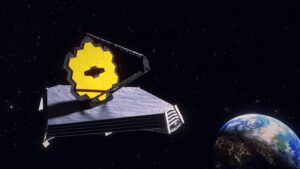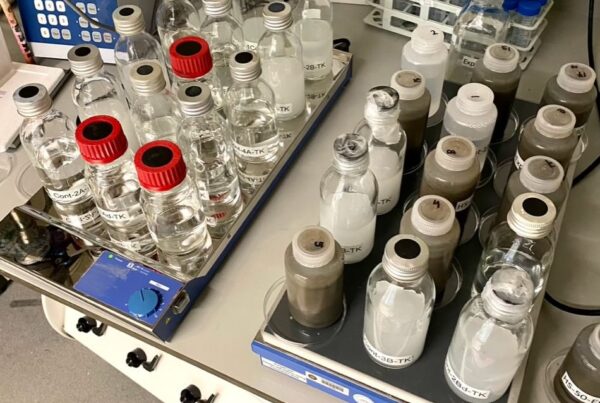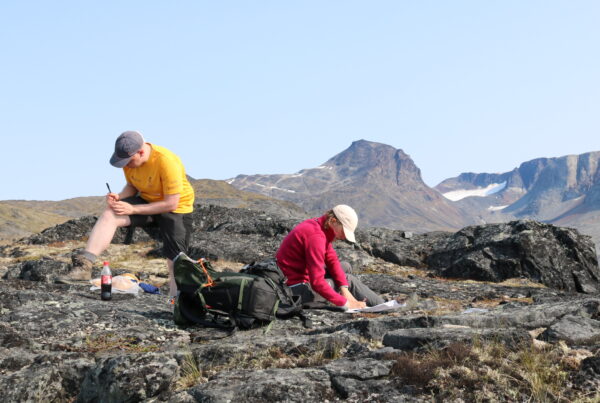Door: Jochem Stouthamer & Guido de Ruiter
Closing the ozone layer gap problem
With ice caps getting smaller and smaller, increasingly hot summers and winters, and widespread droughts, climate change is one of the biggest problems of our time caused by emissions of all kinds of greenhouse gases. Previously, one of the most pressing environmental problems always associated with greenhouse gas emissions was the ‘hole’ in the ozone layer: a section of the ozone layer with a much lower amount of ozone than usual, discovered in 1985. Chemicals were found in aerosols, which were greatly affecting the ozone layer. This can cause more UV radiation to reach the earth, negatively affecting the earth’s ecosystems.
Why is it that the hole is actually never mentioned anymore in the climate discussion? Because things are actually going quite well. Since 1989, so-called CFCs (hydrochlorofluorocarbons) have been banned. 99% of CFCs are now no longer used. In 2016, this was expanded with a ban on HFCs (hydrofluorocarbons). Researchers from NASA and the National Oceanic and Atmospheric Administration (NOAA), commissioned by the United Nations, have discovered that we are on course to restore the ozone layer to levels as seen in 1985, by around the year 2050. This ban will additionally reduce warming by 0.3-0.5 degrees. Finally, a bright spot in the dark climate crisis, at last.
Keeping up with the James Webb Telescope
On Christmas, NASA celebrated the first anniversary of the launch of the James Webb Space Telescope (JWST). The successor to the Hubble telescope, which has been orbiting Earth since 1990, was launched into space with the goal of imaging the very first galaxies. In July 2022, we received the first infrared-shot images of the so-called Carina Nebula, a giant cloud of dust and gas where young stars are forming, some 7600 light years from Earth.
Within the first few months, thousands of new galaxies have already been discovered and dozens of exoplanets have been mapped. For example, using the main camera and two spectrographs, NASA discovered CO₂ in the atmosphere of exoplanet WASP-39b, around 700 light years away from us. Using the knowledge of the gasses in the atmosphere, scientists have succeeded in estimating the exoplanet’s origin.
It might be possible to test exoplanets for alien life in the future using the gasses as a guideline. They are working hard to achieve the JWST’s goals. In December 2022, for example, the telescope officially succeeded in mapping the four most distant galaxies and thereby the four oldest. The galaxies are no younger than 13.4 billion years old, only 350 years after the Big Bang happened! The JWST has had a great year and now it only remains to wait and see what the next few years have in store.
Olivine has potential, but does it polute?
It is everyone’s favourite wonder rock olivine; for those unfamiliar, first a brief explanation. Olivine is one of the most abundant minerals in the Earth’s crust. The mineral consists of silica and magnesium or iron ((Mg/Fe)₂SiO₄) and is most stable deep beneath the surface. Next to being an abundant, interesting, and useful mineral, it also has its dark sides. Olivine can possibly cause soil contamination. Indepent scientist recently investigated this and they tested two samples of olivine from different origins, Spain and Norway. They tried to find whether it can possibly contaminate the soil and they showed that olivine does not contaminate the soil with nickel. Additional, fun fact: olivine is already widely used in train tracks by the NS since 2017! In short, it is a mineral with a lot of potential.







